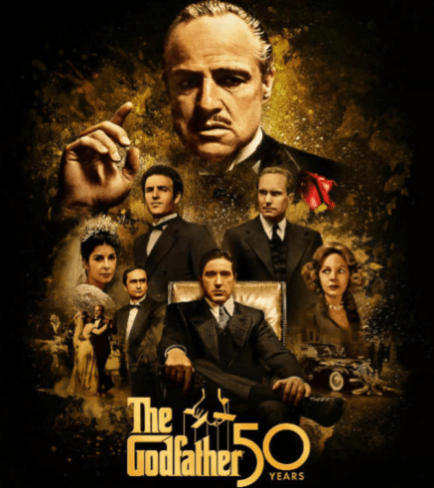"The Godfather", half a century of inspiring and revolutionizing cinema
The film "The Godfather" by director Francis Ford Coppola goes beyond the idea of good and evil as absolute values. It inserts a form of violence that had not been seen in cinema until then. Exhibited for the first time on March 15, 1972, it transformed the way films were distributed and released.





